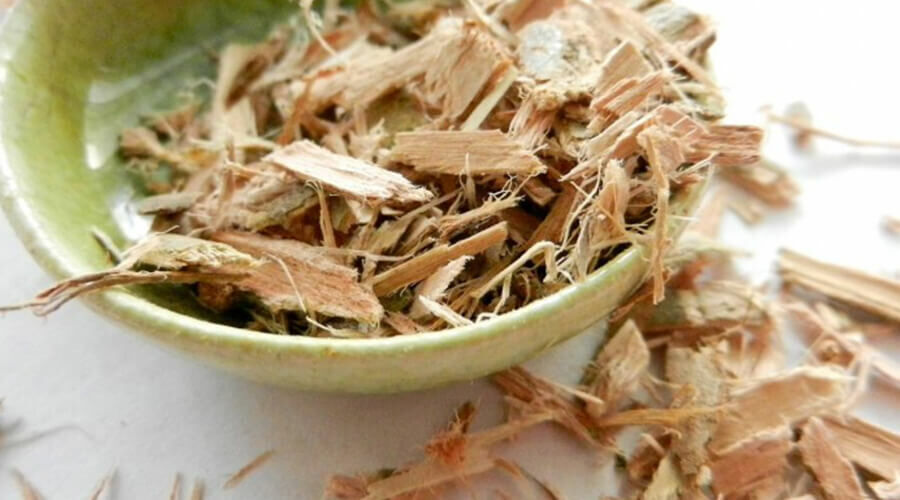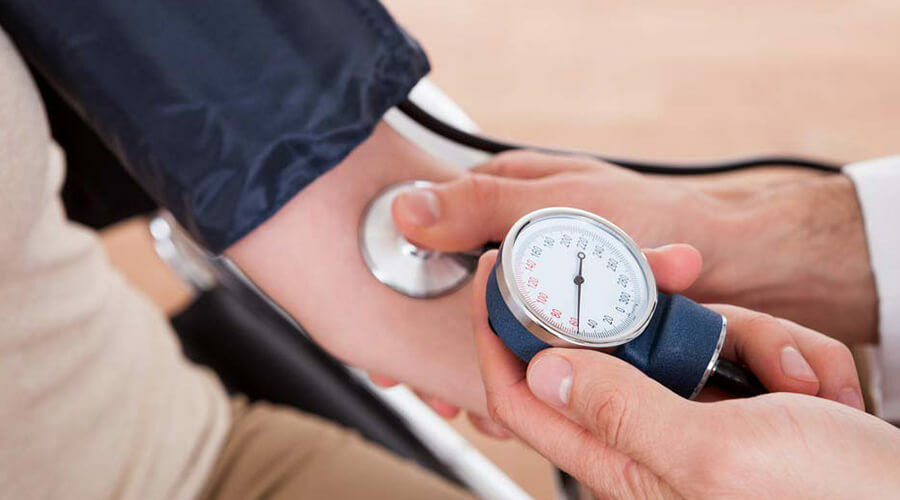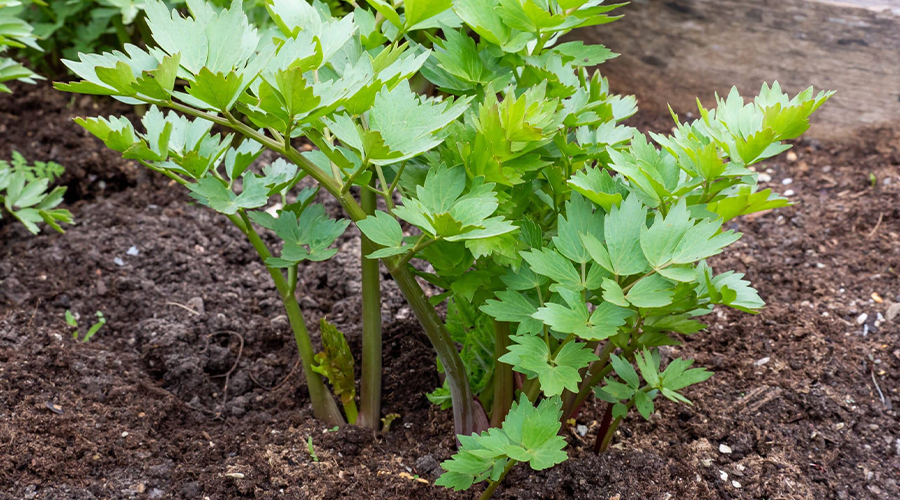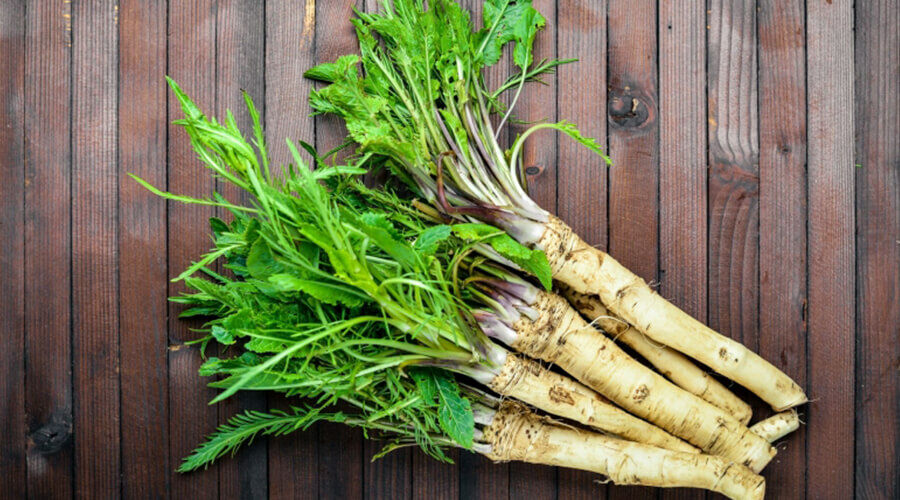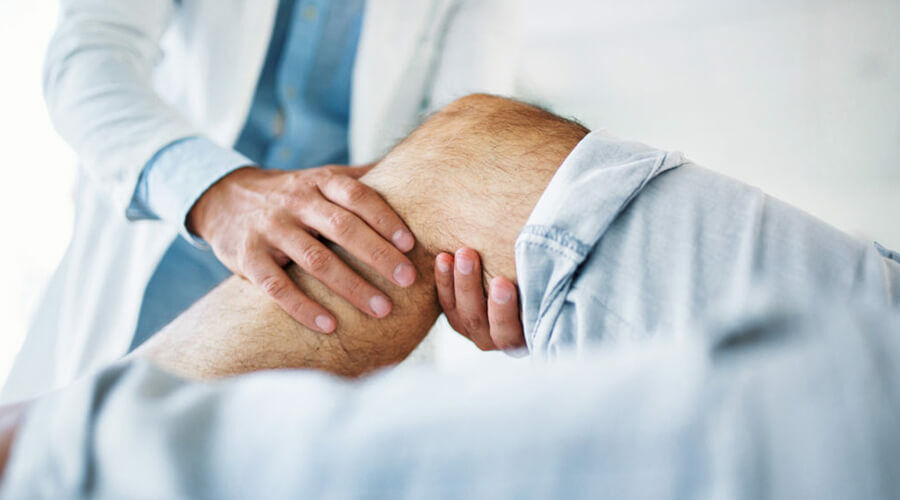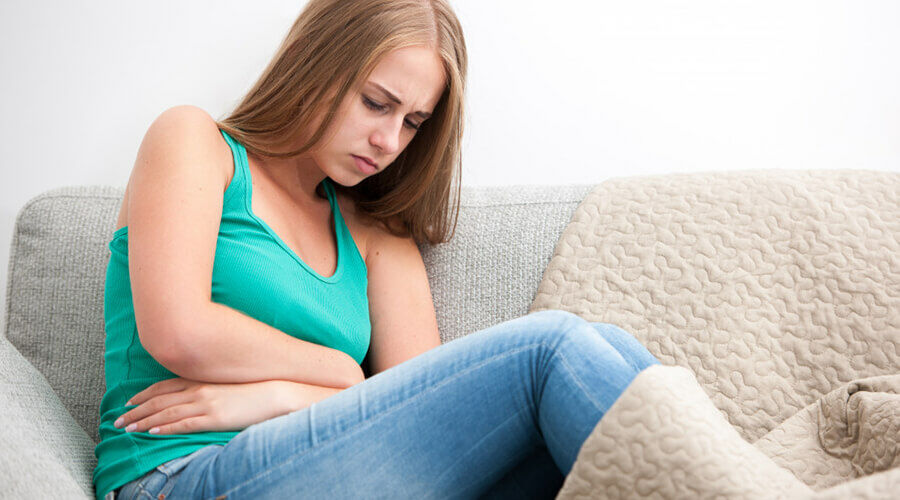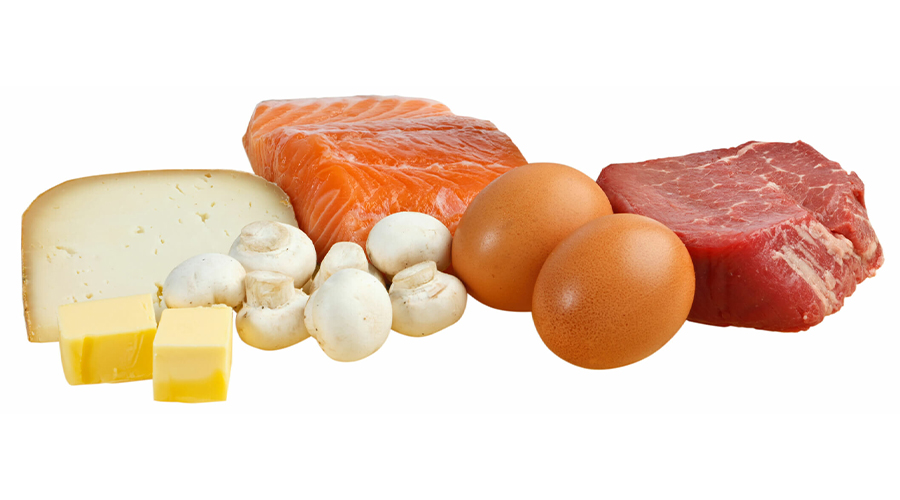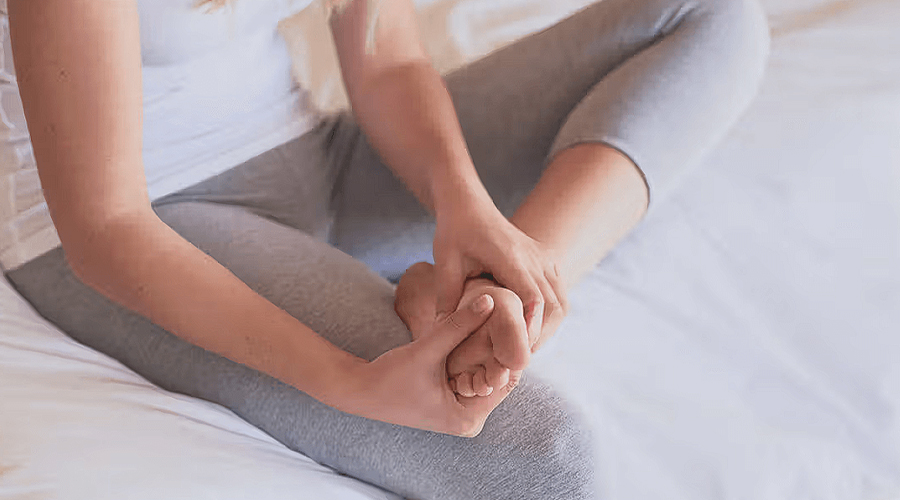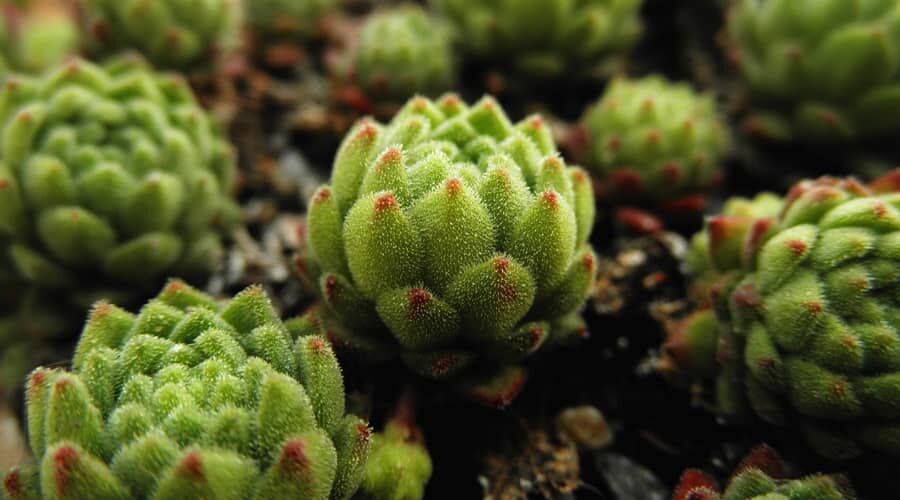
Not only is it used to decorate rock gardens, it also has excellent medicinal properties.
The Latin name for the stonecrop, or more commonly known as the houseleek, is sempervivium, meaning ever-living – a reference to the plant’s excellent survival and adaptability.
In folk medicine, houseleek is often used for its cooling, anti-inflammatory and astringent properties. The pressed gelatinous juice can be used to treat oral infections, insect bites, burns and cuts, and to dry cold sores and corns. In addition, the juice of the Houseleek can also relieve certain ear aches.
It is excellent for sunburn.
No adverse side effects are currently known!
Let’s now look at the medicinal properties of the houseleek or what the calendula is good for:
– It has antiviral and antibacterial properties.
– Its sap can be mixed into a simple pharmacy cream and used to cover liver spots or even other skin discolorations.
– It is also effective for treating cuts, infections, insect bites or even burns.
– It also rivalsAloe Vera for sunburn . Squeeze the leaves of a thoroughly washed flower, mix with a tablespoon of olive oil, add a few drops of lavender oil and you have the perfect after-sun cream.
– Soothes the burning sensation and itching after waxing.
– It hasanti-inflammatory, antibacterial, antiviral and antipyretic properties.
– If you suffer from a severe headache, a handful applied to your forehead can relieve it in a few minutes.
– The decoction of the leaves of the plant can also be used as a tea for sore throats and sore mouths.
What all is good for which may make it worth using.
The effect of the houseleek on the skin is extremely beneficial.
Hydration. They are very moisturising, helping to hydrate dry or dehydrated skin.
Anti-inflammatory properties. This can be particularly useful in treating sensitive or acne-prone skin.
Healing wounds. They can promote faster wound healing and skin regeneration.
Skin softening: extracts of houseleek soothe rough, rough skin and can help to soften and smooth the skin.
Antioxidant protection. Antioxidants can promote healthy and youthful-looking skin.
The benefits of houseleek don’t stop there, or see what else it can do for you
Uses of houseleek: apart from its medicinal properties, it can also be used in beauty care. It can also be used to make a home cream, but what is the purpose of a houseleek cream? Its sap can be used to remove liver spots and skin discolouration. It is also very effective against sunburn and can even rival aloe vera. Just squeeze the leaves of the flower and mix with 1 tablespoon of olive oil. Add a few drops of lavender oil and you’ve got yourself a post-sun cream.
It also has antioxidant and cell-protecting properties and this is mainly due to its vitamin C content. For this purpose, you can use pine rose both internally and externally. Internally, only the gelatinous sap can be used.
Houseleek drops for home use
Although houseleek has similar properties to aloe vera, its leaves do not contain enough liquid to extract significant amounts of sap.
However, it can be made into a tincture.
Ingredients:
- Fresh houseleek leaves
- 40% or 60% alcohol (e.g. vodka or pure spirit)
Procedure:
- Gather some fresh and healthy houseleek leaves.
- Wash the leaves thoroughly with cold water to remove any impurities. Dry the leaves with a clean tea towel or paper towel.
- Cut the leaves into smaller pieces. This will help release the plant matter and help it dissolve in the alcohol.
- Place the chopped leaves in a jar or jar. Make sure the jar is clean and tightly sealed.
- Pour the alcohol into the jar until it completely covers the plant material. Close the jar tightly.
- Place the jar in a dark and cool place, such as a pantry or cupboard. Let stand for at least 4-6 weeks to allow the alcohol to extract the plant material.
- Shake the jar occasionally to help extract the substances and mix them with the alcohol.
- Once the tincture is sufficiently steeped, strain the liquid through a sieve to remove any bits of houseleek.
Separate flowers and leaves from the stem.
The use of houseleek as an ear drop is common in folk medicine, but it is important to remember that all natural remedies and preparations should be used with caution and responsibility.
In case of a serious health problem, it is recommended to consult a doctor!
Preparation of houseleek ear drops at home
Ingredients:
- Fresh Houseleek flowers and leaves
- Clean glass or glass bottle
- Filter media (e.g. filter paper or gauze)
- Clear water or oil (e.g. almond oil or olive oil)
Steps:
Collect flowers and leaves. Pick the flowers and leaves off the stem. Separate flowers and leaves from the stem.
Preparation: Wash the flowers and leaves thoroughly in cold water. Wash the flowers and foliage in cold water to remove dirt and dust.
Prepare the glass or glass bottle: use a clean and dry glass or glass bottle. It is important that the container used is clean to avoid dirt and bacteria.
Fill the bottle or glass bottle with the flowers and leaves. Don’t press the plants too tightly, leave a little space for air.
Add liquid: You can choose water or oil as the base for the ear drops. If you use water, it is recommended to choose purified or distilled water. If you choose oil, choose a vegetable oil that does not cause allergic reactions. Oil extracts can provide longer lasting preservation and extraction.
Soaking: seal the jar or glass bottle and place it in a place protected from sunlight. Soaking time depends on the liquid chosen. Soaking in water will usually produce the ear drops in a few days, while soaking in oil may take up to weeks.
Filtering: once the soaking is complete, filter the plant material from the liquid. You can use filter paper or a gauze bag for this purpose.
Storage: Store the prepared ear drops in a clean, dark glass jar so that light and air do not damage the ingredients. Store in a cool, dark place.
The houseleek is an important ingredient in our Hillvital face cream


